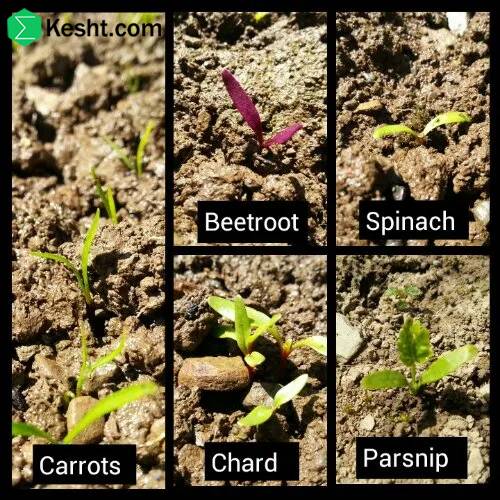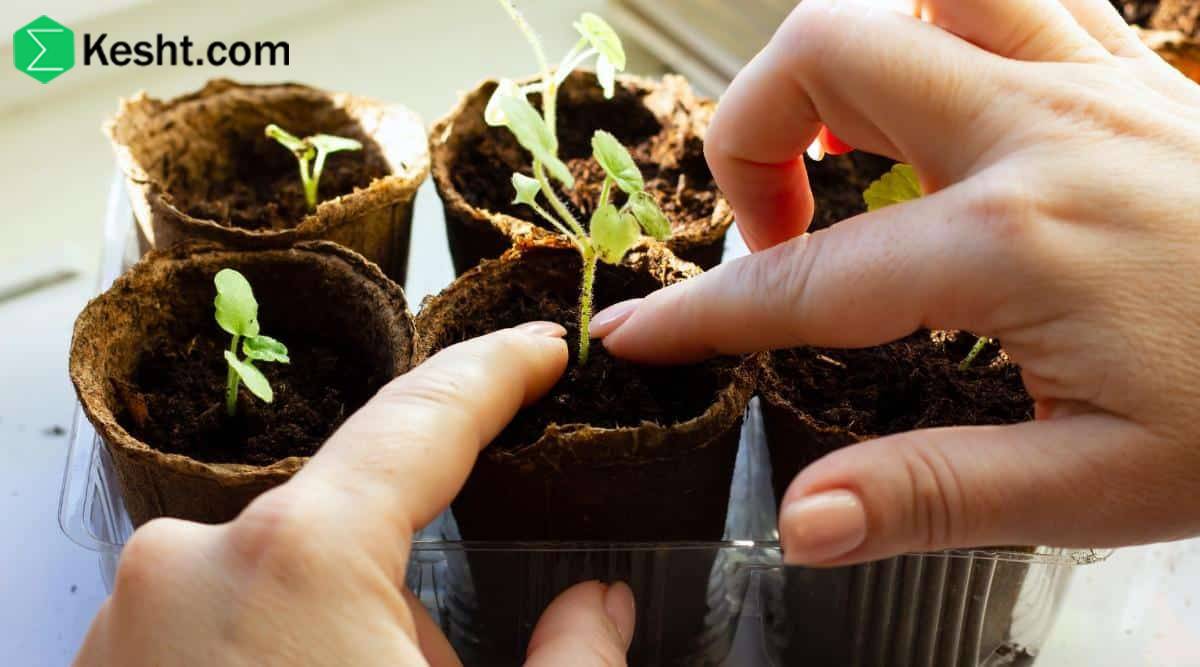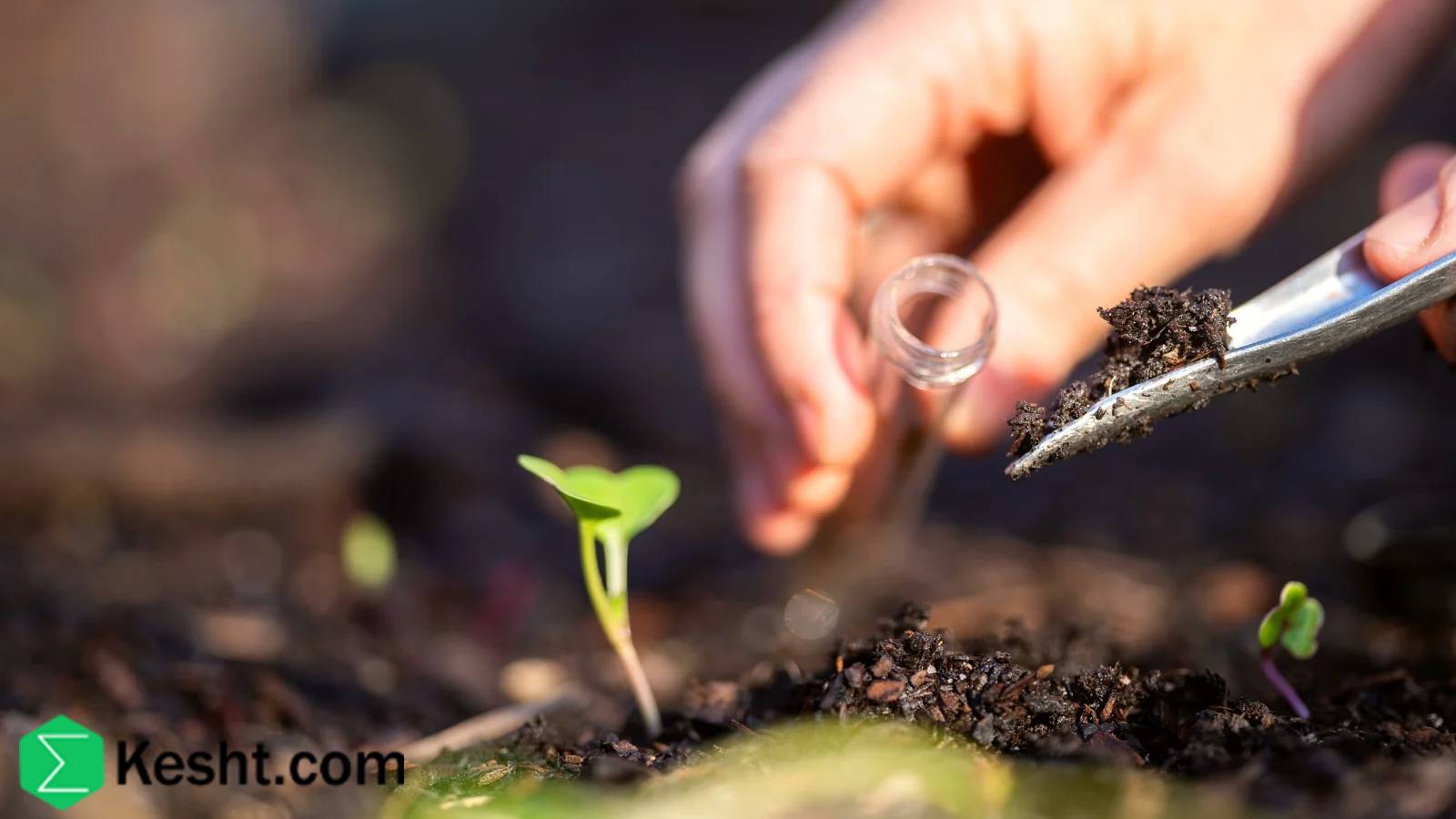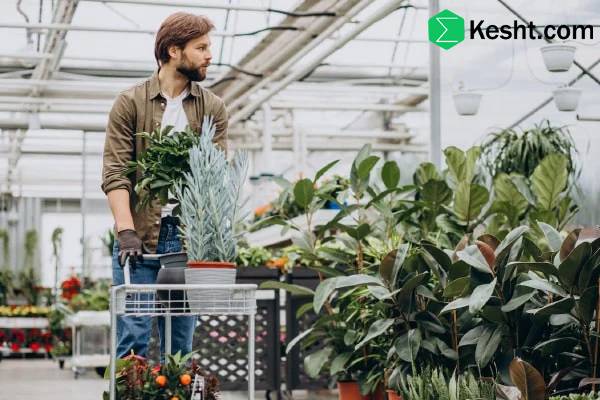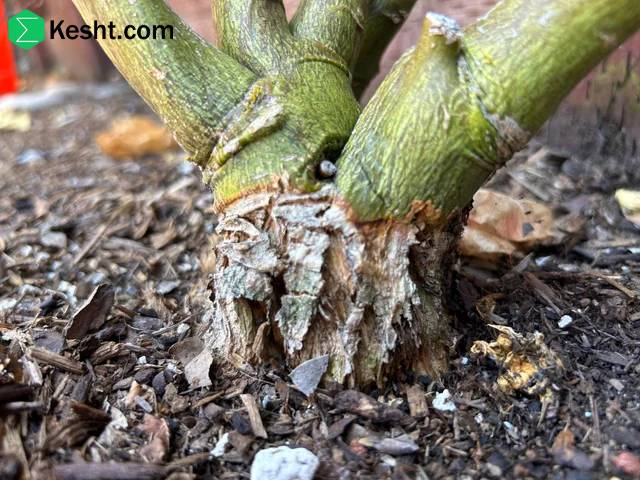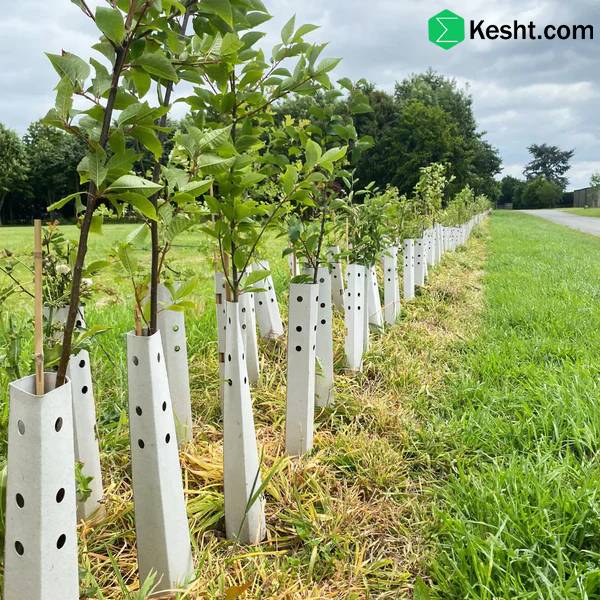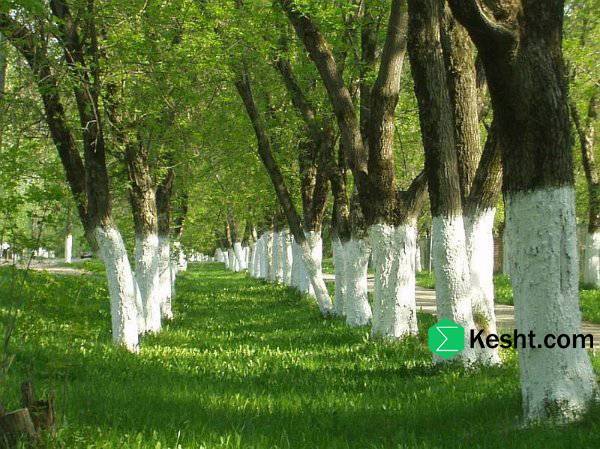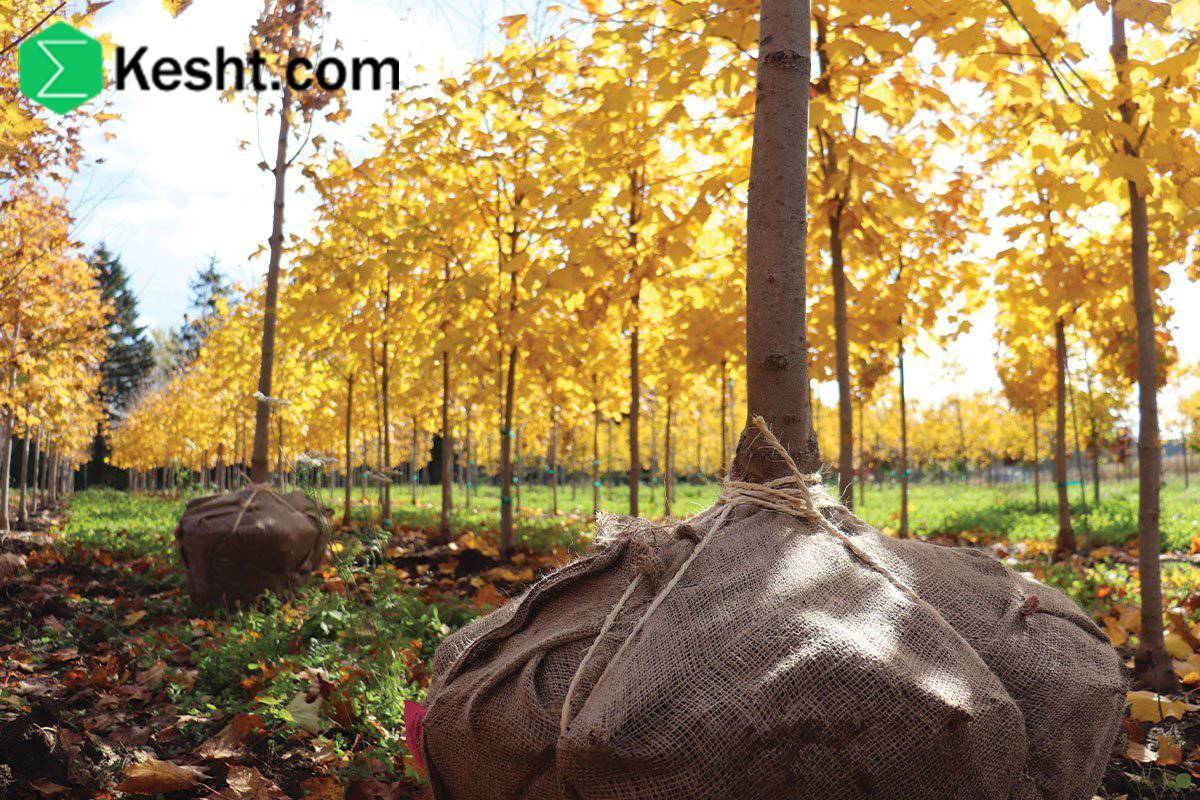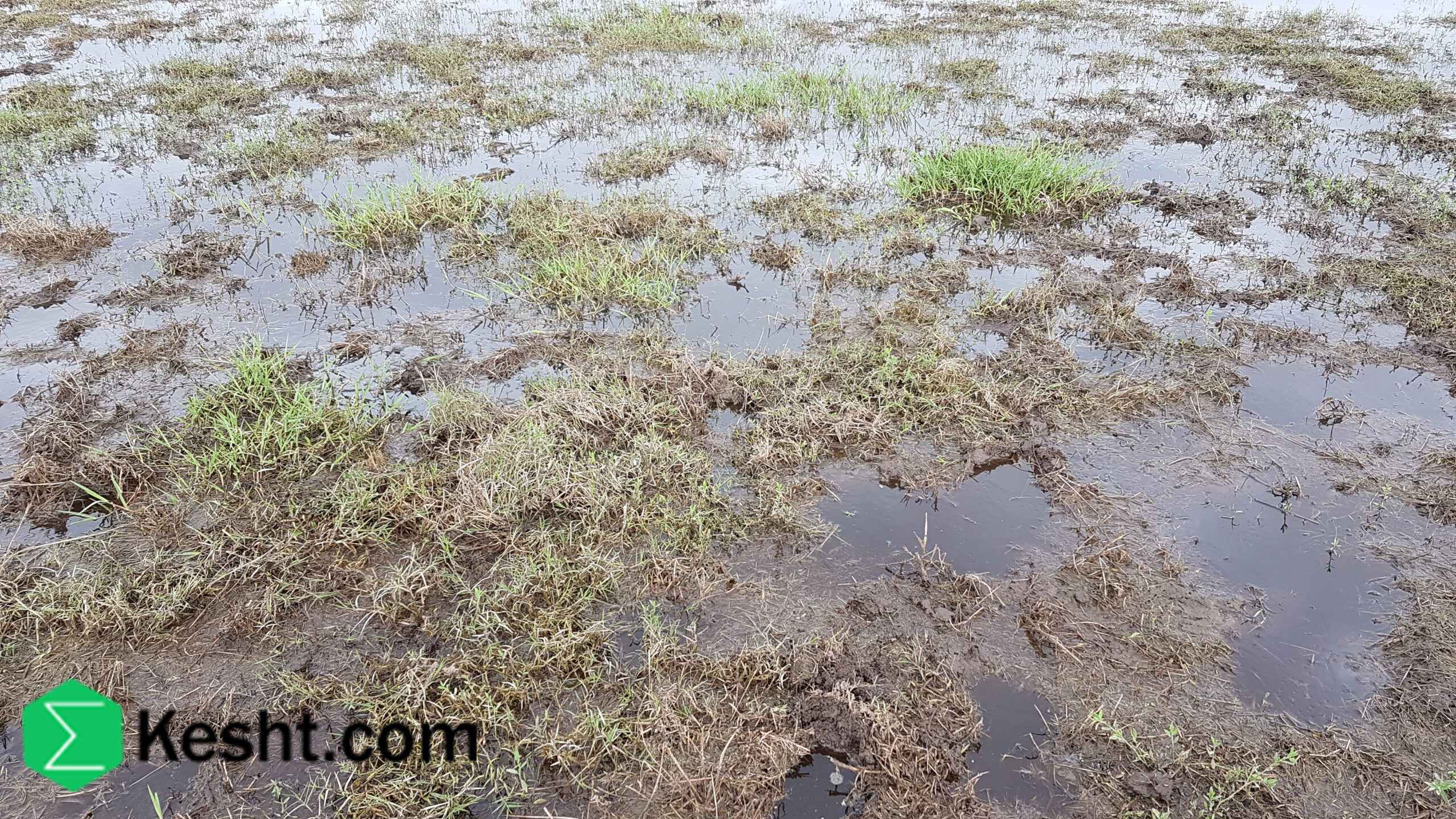How do i identify climate,resistant cultivars
A practical guide to selecting saplings suited to your region
Why choosing the right sapling for your area matters
Imagine planting a coconut palm in Tehran or an apple tree in Bandar Abbas—unlikely to end well. Every plant is adapted to specific conditions. Choosing the right sapling means:
- Lower maintenance costs
- Higher yields and better quality
- Better disease resistance
- Longer tree lifespan
Section 1: Know your local climate
Four key characteristics to identify
Air temperature
- What is the lowest winter temperature?
- What is the highest summer temperature?
- Do you have late spring frosts?
- How many days per year does temperature drop below 0°C?
Simple tip: Ask long‑time neighbors or check with the local meteorological station.
Rainfall
- How much rain falls annually?
- In which seasons does most rain occur?
- Do you have long dry spells?
Quick rainfall guide:
- Under 250 mm: arid
- 250–500 mm: semi‑arid
- 500–800 mm: temperate
- Over 800 mm: humid
Soil type
- Grab a handful of moist soil and squeeze:
- If it clumps and stays in a ball: clay
- If it falls apart: sand
- If it holds shape lightly but breaks easily: loam (best)
Elevation
- Coastal: 0–500 m
- Plains: 500–1,500 m
- Mountainous: above 1,500 m
Section 2: Methods to identify suitable saplings
Method 1: Local observation (easiest)
Walk your neighborhood and nearby villages:
- Which trees look healthy and vigorous?
- Which trees bear fruit reliably each year?
- Which trees survive with minimal irrigation?
Golden rule: Trees older than 10 years that are still healthy are almost certainly adapted to your climate.
Method 2: Consult local expertise
Whom to ask?
- Experienced local orchardists
- Best source of practical know‑how
- Years of trial‑and‑error
- Know which local cultivars perform well
- Local nursery vendors
- Reputable local nurseries
- Ask for references to past buyers
- Avoid itinerant sellers
- Agricultural extension (Jihad‑e Keshavarzi)
- Free consultations
- Recommended cultivar lists
- Free training sessions
Method 3: Use a climate suitability table
Simplified climate zones of Iran
Hot and dry (south and central)
Recommended trees:
- Date palm (cultivars: Mazafati, Kabkab, Zahedi)
- Pistachio (Akbari, Ahmad Aghaei, Kaleh Ghouchi)
- Pomegranate (Rabab, Malas‑e Saveh)
- Olive (Zard, Roghani, Mari)
- Fig (Sabz/Green, Siah/Black)
Temperate (north and west)
Recommended trees:
- Apple (Golab Kohnez, Shafiabadi)
- Pear (Shah‑Miveh, Dargazi)
- Walnut (Chandler, Jamal)
- Almond (Mamaei, Shekufe)
- Cherry (Takdaneh, Siah‑e Mashhad/Black of Mashhad)
Cold (mountainous)
Recommended trees:
- Apple (Red Delicious, Golden Delicious)
- Sour cherry (local cultivars)
- Walnut (late‑leafing cultivars)
- Apricot (Shahroodi)
Humid (northern coasts)
Recommended trees:
- Citrus (orange, mandarin, lemon)
- Kiwifruit (Hayward)
- Tea
- Hazelnut

Section 3: Traits of a resilient, well‑suited cultivar
Cold hardiness
- Read the label: “Hardy to −…°C”
- Ask: “Does it need winter protection?”
- Late‑blooming cultivars are safer from late spring frosts.
Water requirement
- Local (landrace) cultivars usually need less water.
- Ask: “How often should I irrigate in summer?”
- Deep‑rooted trees tolerate drought better.
Resistance to local pests and diseases
- Ask: “Which pests are common here?”
- Newer improved cultivars are often more resistant.
- Rootstocks generally add resistance.
Section 4: Common mistakes to avoid (7 pitfalls)
- Buying a sapling just for looks
- It may not suit your climate.
- Choosing foreign cultivars without research
- Imports may need special conditions.
- Ignoring local cultivars
- Landraces are time‑tested over centuries.
- Buying cheap, low‑quality stock
- A weak sapling = years of headaches.
- Planting early‑blooming trees where spring frosts occur
- Blossoms freeze → no crop.
- Selecting high‑water‑use trees in dry regions
- Irrigation costs will soar.
- Buying without consultation
- Other people’s experience is free—use it.
Section 5: Practical selection guide
Pre‑purchase checklist
Ask these questions before you buy:
- Has this sapling been planted locally with success?
- Can it tolerate our winter cold?
- Is it compatible with local rainfall?
- Will it thrive in our soil type?
- How long to bearing?
- Does it need a pollinizer tree?
- What pests threaten it?
- What is its annual water requirement?
Simple decision table
| Your regional conditions | Suggested saplings |
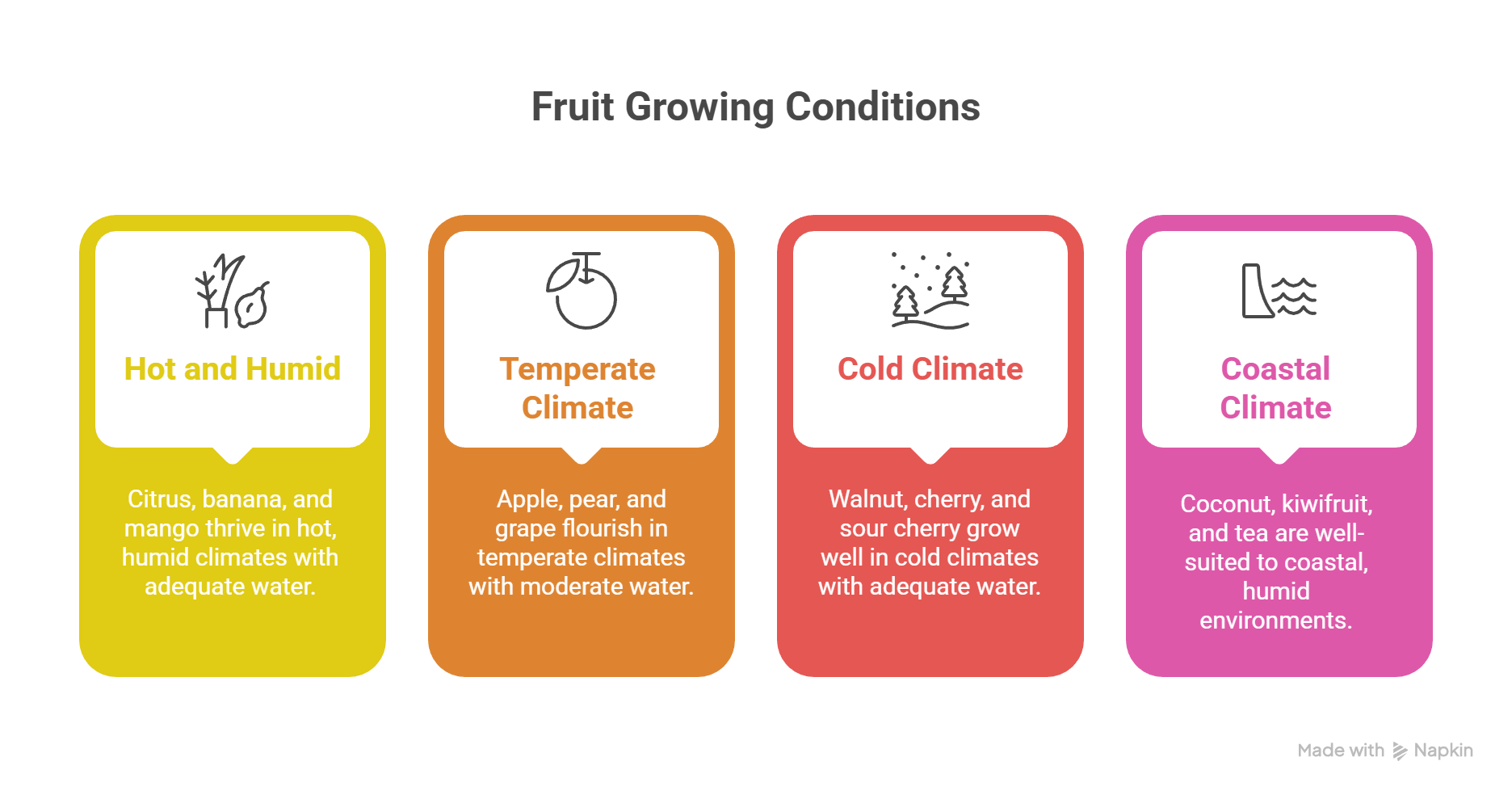
| Hot + dry + low water | Date palm, pistachio, olive |
| Hot + humid + adequate water | Citrus, banana, mango |
| Temperate + moderate water | Apple, pear, grape |
| Cold + adequate water | Walnut, cherry, sour cherry |
| Coastal + humid | Coconut, kiwifruit, tea |
Section 6: Supporting resources
Where to find more information
Government centers
- Provincial agricultural research centers
- County Agricultural Jihad offices
- Local agricultural universities
Online resources
- Ministry of Agriculture Jihad website
- Local growers’ Telegram groups
- Agricultural education channels
Exhibitions and demos
- Seasonal seedling expos
- Fruit crop festivals
- Visits to model orchards
Golden end tips (from experienced growers)
- “Don’t underestimate local cultivars”—they’re the product of centuries of natural selection.
- “A good sapling saves ten years of trouble”—invest in quality.
- “See before you plant”—visit successful orchards in your area.
- “Every region knows its trees”—listen to local advice.
- “The right rootstock is half the success”—buy grafted trees on resistant rootstocks.
- “Diversify”—don’t put all your eggs in one basket.
- “Plant early‑, mid‑, and late‑season cultivars”—for a longer harvest window.
- “Use self‑fertile cultivars in small orchards”—no pollinizer needed.
- “You learn more from failures”—keep notes.
- “Be patient”—don’t judge too soon.
Conclusion
Choosing the right sapling is like choosing a spouse: do it with care, research, and consultation. The tree you plant today will be with you for years. Invest time to research, ask experienced people, and choose with confidence. Remember: the best sapling is one that “befriends” your local climate, soil, and conditions.
Selecting resistant cultivars and sourcing healthy saplings from reputable centers
Selecting resistant cultivars
Selection criteria:
- Resistance to prevalent local pests and diseases
- Adaptation to local climate (heat/cold, humidity)
- Tolerance to environmental stresses (drought, salinity, cold)
- Adequate yield and product quality
What to check:
- Review recommendations from agricultural research centers
- Consult local experts
- Examine experiences of growers in your area
Sourcing healthy saplings from reputable centers
What qualifies a reputable center:
- Licensed by the Agricultural Jihad Organization
- Phytosanitary certification
- Identity card and authenticity labels for saplings
- Positive track record and reputation locally
Traits of a healthy sapling:
- Strong, well‑developed roots
- Sound stem with no disease or pest signs
- Green, turgid leaves
- Free of wilting or yellowing
- Diameter and height within standards
Practical recommendations:
- Visit the nursery in person before buying
- Ask to see required certificates and authenticity documents
- Inspect physical condition of saplings
- Ensure proper packaging and transport
- Confirm after‑sales support and advice
How do I verify a nursery’s authenticity and licensing?
Checking legal permits
Required documents:
- Nursery establishment license from the Agricultural Jihad Organization
- Valid, current operating permit
- Nursery identification code (national nursery code)
- Registration in the PVP system (Plant Variety Protection)
How to verify:
- Check the Ministry of Agriculture’s unified agricultural portal
- Call the county Agricultural Jihad office
- Request to view original documents on site
Health and technical certificates
Key documents:
- Phytosanitary certificate from the Plant Protection Organization
- Quarantine certificate for imported saplings
- Lab health tests (virus, fungi, bacteria)
- Certification from the Agricultural Engineering Organization
Sapling passport and label
Mandatory label information:
- Scientific and local/common name
- Cultivar and rootstock
- Production date
- Producer nursery code
- License and permit numbers
- QR code for traceability
Online verification methods
Official systems:
- National registry for seedlings and seeds: www.seedlings.maj.ir
- Agricultural product identity programs
- “Keshavarz” mobile app (Ministry of Agriculture)
Information you can check:
- Nursery license status
- Permit validity dates
- Any recorded violations
On‑site inspection
What to look for:
- A signboard with license numbers
- Licenses posted in a visible place
- Hygienic nursery conditions
- Proper sapling care and irrigation
- Quarantine and isolation facilities
Verification with authorities
Authoritative contacts:
- County Agricultural Jihad office
- Agricultural trade guild (nezam senfi)
- Nursery Producers’ Association
- Provincial Agricultural Research Center
Red flags
Warning signs of non‑compliant sellers:
- Refusal to provide requested documents
- Selling saplings without identification labels
- Abnormally low prices
- No official invoice
- Refusal to allow a site visit
Additional recommendations:
- Keep written records: retain all requests and invoices
- Take photos: of permits and purchased saplings
- Get written guarantees: request a written health warranty
- Pursue legal recourse: report violations to competent authorities
